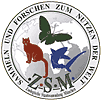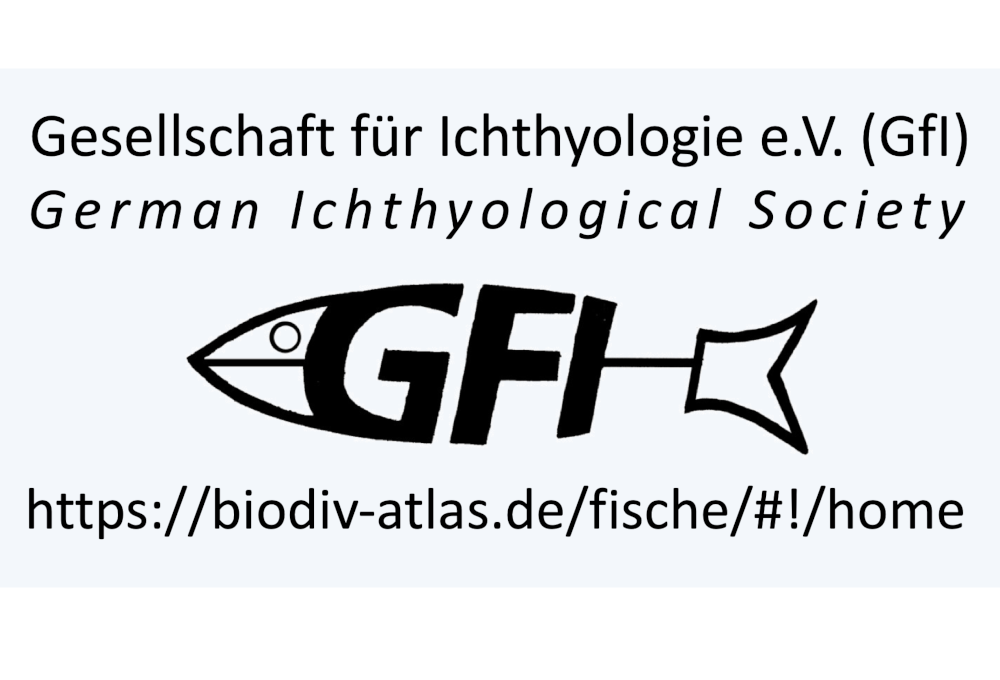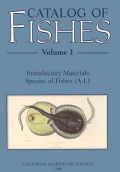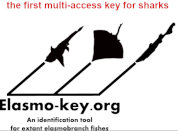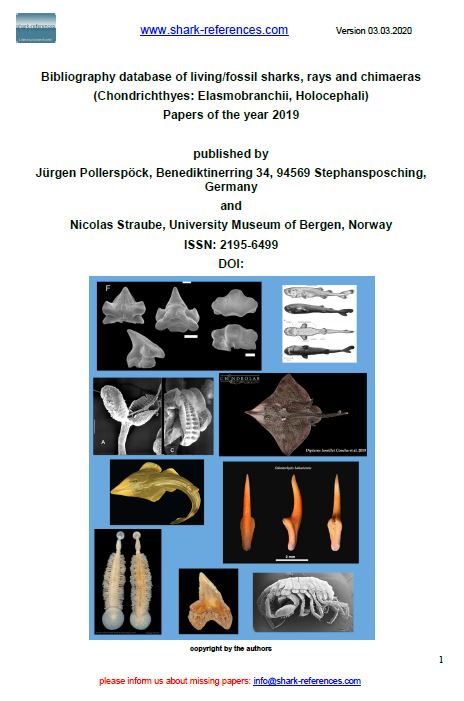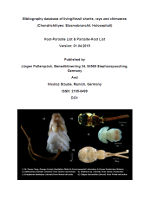
Les vertébrés fossiles des gisements de phosphates (Maroc-Algérie-Tunisie). Notes et Mémoires du Service Géologique du Maroc, 92, 1–372

Late Cretaceous and Cenozoic Squalomorphii of the Northwest Pacific Ocean. PhD, Univ. of California Berkeley, 553 p., 71 fig.

Les Orectolobiformes, Carcharhiniformes et Myliobatiformes (Elasmobranchii, Neoselachii) des Bassins à phosphate du Maroc (Maastrichtien-Lutétien basal). Systématique, biostratigraphie, évolution et dynamique des faunes. Palaeo Ichthyologica, 8, 1–327

Part 2. Sharks from the Fisher/Sullivan Site. In R.E. Weems(ed.), Fossil Vertebrates and Plants from the Fisher/Sullivan Site(Stafford County): A Record of Early Eocene Life in Virginia. Virginia Division of Mineral Resources 152: 11–37

Fossil record and origin of squaliform sharks (Chondrichthyes, Neoselachii). In Gallucci, V.F. & McFarlane, G.A. & Bargmann, G.G. (Eds). Biology and management of dogfish sharks. American Fisheries Society. Bethesda, Maryland: 19–38

Global impact and selectivity of the Cretaceous-Paleogene mass extinction among sharks, skates, and rays. Science, 379, 802–806
DOI: 10.1126/science.abn2080

Haie und Rochen an der Kreide-Paläogen-Grenze. Fossilien, 3/2024, 48–57
Earliest Danian outer neritic elasmobranch assemblages reveal an environmentally controlled faunal turnover at the Cretaceous–Palaeogene boundary in the northern Tethyan Realm (Austria). Papers in Palaeontology, 10(1), Article e1547
DOI: 10.1002/spp2.1547

Faszination Haie – Die Welt der fossilen und der lebenden Haie. Der Steinkern, 58, 1–116

Ecological restructuring of North Tethyan marine vertebrate communities triggered by the end-Cretaceous extinction. Proceedings of the National Academy of Sciences of the United States of America, 122(22), Article e2409366122
DOI: 10.1073/pnas.2409366122

Bioluminescence and repeated deep-sea colonization shaped the diversification and body size evolution of squaliform sharks. Proceedings of the Royal Society B-Biological Sciences, 292(2042), Article 20242932
DOI: 10.1098/rspb.2024.2932
